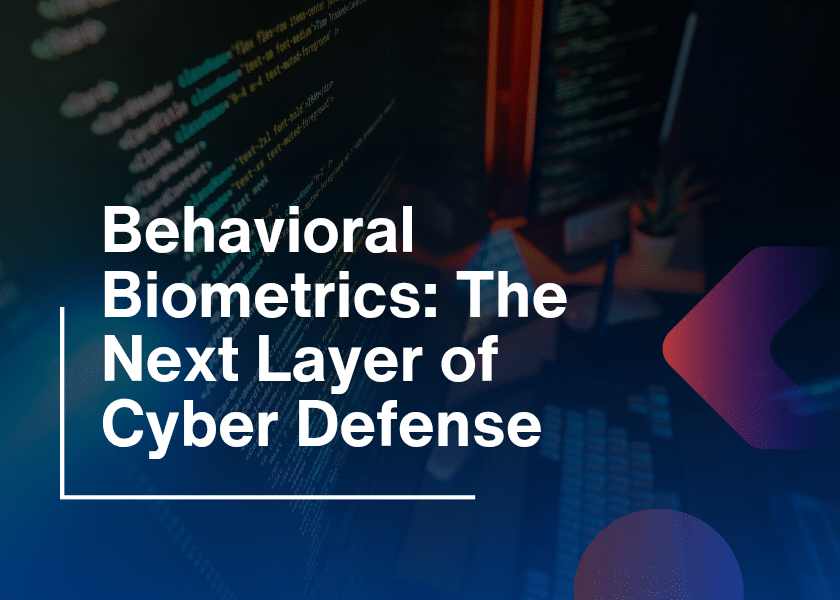Cybersecurity threats are growing in frequency and sophistication in the complex digital world. As organizations face evolving risks, relying on a single security tool is insufficient. Instead, a well-rounded approach is needed. That’s why combining EDR, NDR & SOC has become essential for businesses aiming for 360° protection. When integrated effectively, these tools offer deep visibility, faster detection, and stronger response to cyber threats.
This blog explores how uniting EDR, NDR, and SOC forms a powerful security ecosystem. Additionally, it highlights the benefits of a unified security KSA strategy and explains how layered threat defense can safeguard your digital assets.
What Are EDR, NDR & SOC?
Before diving deeper, let’s understand each component:
EDR – Endpoint Detection and Response
The primary target of EDR tools consists of laptops, servers together with mobile devices. In addition, the system actively performs continuous monitoring activities combined with data collection for detecting improper behavior. Moreover, maximum speed for investigation and response becomes possible through EDR systems when anomalies are detected.
Key features of EDR:
- Real-time endpoint monitoring
- Threat detection using behavior analytics
- Quick incident response and isolation
- Forensic investigation support
NDR – Network Detection and Response
NDR – Network Detection and Response protects the network layer. The system analyzes every network flow for unusual behavior patterns through artificial intelligence and threat information databases. Furthermore, the key role of NDR tools emerges in protecting systems from threats that EDR systems fail to identify, particularly those that attack beyond endpoints.
Key features of NDR:
- Deep packet inspection
- Lateral movement detection
- Encrypted traffic analysis
- Threat hunting capabilities
SOC – Security Operations Center
A Security Operations Center acts as either the unified staff or technological system that handles security monitoring alongside incident response activities. In addition, the technology platform combines EDR and NDR tools into a unified system. Moreover, through threat intelligence analysis as well as correlation rules and analytics, the SOC successfully recognizes threats and launches coordinated responses.
Key roles of a SOC:
- 24/7 security monitoring
- Incident response coordination
- Threat intelligence and analytics
- Reporting and compliance
Why Combine EDR, NDR, and SOC?
When EDR synchronizes with NDR and SOC, it creates multiple defenses against cyberattacks. Organization integration now proves essential for data security purposes.
1. Better Visibility Across All Layers
The analysis of EDR provides endpoint monitoring isolated from the network traffic monitoring that NDR offers. Cyber attackers normally move between endpoint and network environments. Moreover, you achieve full-subdomain visibility when you unite EDR and NDR within a SOC, which covers device monitoring through data monitoring.
2. Faster Threat Detection and Response
Real-time monitoring through the joint operation of EDR and NDR makes it possible the detect threats simultaneously from endpoints and network traffic. Additionally, through advanced analytics, the SOC performs data connection tasks. In addition, the combination speeds up response times and makes incident responses more exact.
Test Case: A phishing attack can initiate at an endpoint device where an EDR system reveals such action. Meanwhile, NDR notices strange outbound traffic. So, the incident response begins when the SOC establishes an integrated response after linking the detected alerts.
3. Reduced Alert Fatigue
Multiple tools producing separate alerts result in unnecessary noise because each tool operates independently. Additionally, alerts become easy to manage when SOC tools operate together because the correlation process highlights critical threats while lowering non-threatening alerts.
4. Improved Forensics and Threat Hunting
The endpoint activity gets recorded by EDR systems while NDR collects data about network traffic. In addition, your SOC analyst benefits from sophisticated forensic analysis due to the combination of endpoint and network alerts. Furthermore, organizations need this combination for proper identification of advanced persistent threats and retrospective incident investigation.
The Power of Layered Threat Defense
One of the biggest advantages of using EDR, NDR, and SOC together is creating a layered threat defense strategy. Therefore, rather than relying on a single defense point, this approach uses multiple layers of security, each reinforcing the other.
How Does Layered Defense Work?
- Prevention: Firstly, Firewalls, antivirus, and access control reduce the attack surface.
- Detection: Then, EDR and NDR monitor and detect suspicious behavior in real-time.
- Response: Additionally, the SOC investigates, triages, and responds to incidents.
- Recovery: Lastly, Post-attack analysis ensures quick restoration and prevention of future attacks.
Furthermore, this way, even if one layer fails, others are ready to catch the threat before it causes major damage.
Benefits of Unified Security in KSA
Organizations in Saudi Arabia (KSA) are under increasing pressure to enhance their cybersecurity posture. So, with initiatives like Vision 2030 and digital transformation across sectors, the need for unified security in KSA is stronger than ever.
1. Regulatory Compliance
KSA has introduced new cybersecurity standards for banks, healthcare, and the government sectors. Moreover, a unified EDR, NDR & SOC framework helps businesses stay compliant by offering centralized logging, monitoring, and audit-ready reports.
2. Protecting National Infrastructure
The energy, oil, and public infrastructure in KSA are high-value targets for cyberattacks. Therefore, using layered threat defense with EDR, NDR, and SOC provides round-the-clock protection for these mission-critical systems.
3. Enhancing Business Continuity
Unified security enables early threat detection, reducing downtime and ensuring business continuity. Therefore, this is especially true for e-commerce, telecom, and banking sectors in KSA.
4. Supporting Talent and Technology Growth
Integrating EDR, NDR, and SOC creates job opportunities for cybersecurity professionals and encourages the adoption of advanced technology, thus boosting local innovation in the Kingdom.

Challenges to Integration
Despite the benefits, organizations may face hurdles when trying to integrate EDR, NDR & SOC systems. However, here are common challenges and practical solutions:
1. Tool Compatibility Issues
Different tools may not communicate well with each other.
Solution: So, choose platforms with open APIs and support for SIEM/SOAR integration.
2. High Operational Costs
Deploying and maintaining multiple systems can be expensive.
Solution: Therefore, use cloud-based or managed security services to reduce upfront costs and scale as needed.
3. Skill Gaps
Cybersecurity experts who understand both endpoint and network threats are hard to find.
Solution: Therefore, invest in staff training or partner with MSSPs (Managed Security Service Providers) in KSA.
4. Alert Overload
Without proper correlation, alerts from different tools can overwhelm teams.
Solution: So, rely on a SOC platform with machine learning and correlation engines to filter and prioritize alerts.
Steps to Build an Integrated Security Framework
If you’re planning to implement an integrated EDR, NDR, and SOC system, follow these steps for success:
Step 1: Assess Your Current Security Posture
Identify gaps in endpoint and network protection. Also, analyze incident response workflows and understand where you need more visibility.
Step 2: Choose Interoperable Tools
Opt for EDR and NDR solutions that integrate well with your existing SOC, SIEM, or SOAR platforms. So, this ensures seamless collaboration between systems.
Step 3: Centralize Data Collection
Use a SIEM to bring together endpoint logs, network data, and threat intelligence in one place. Consequently, this helps your SOC correlate events effectively.
Step 4: Train Your Security Team
Ensure your SOC analysts are trained to use EDR and NDR tools efficiently. In addition, encourage regular threat-hunting exercises.
Step 5: Continuously Test and Improve
Conduct red-team/blue-team exercises, simulate attacks, and refine detection rules to stay ahead of new threats. So, in this way, your framework evolves with the threat landscape.
What’s Next for EDR, NDR, and SOC?
Cybersecurity is always evolving. So, here’s what the future holds for EDR, NDR & SOC integration:
1. AI and Automation
Expect more automation in SOC workflows using AI and ML. As a result, this will speed up threat detection and response.
2. Extended Detection and Response (XDR)
XDR is the natural evolution of EDR + NDR + SOC. It, therefore, offers unified visibility and response across endpoints, networks, cloud, and identity layers.
3. Zero Trust Integration
Combining EDR, NDR, and SOC within a Zero Trust framework will become the gold standard, ensuring every user and device is continuously verified.
Final Thoughts
In a time when cyber threats are fast, stealthy, and increasingly complex, organizations must adopt an all-around defense strategy. That’s why by combining EDR, NDR & SOC, businesses gain the visibility, intelligence, and control needed to stop attacks before they cause harm.
Additionally, a unified security KSA approach, backed by layered threat defense, isn’t just a technical upgrade; instead, it’s a business necessity. Whether you operate in finance, healthcare, or critical infrastructure, integrating these tools will help you build trust, ensure compliance, and protect your future.






